Kensington and Chelsea council made £129m from selling property in the years leading up to the Grenfell fire tragedy – money which we can show for the first time could have prevented cost-cutting on the tower’s renovation works.
An investigation by HuffPost UK, the Bureau of Investigative Journalism and the BBC Local Democracy Reporting Service can reveal the property deals overseen by senior officers and the council’s cabinet in the run up to the Grenfell disaster.
Evidence shows one of these deals was directly linked to the financing of the Grenfell Tower renovation and our investigation reveals that the council had far greater power over its funding of the works than it has previously admitted.
The council has previously claimed legal restrictions meant it could only use rental income from local authority housing to pay for renovation works. But this was not the case.
In fact, the council’s own documents show £6m of the Grenfell works was paid for with proceeds from the sale of council property – basement units in Elm Park Gardens in Chelsea.
The government has confirmed to us that councils are free to use money from the sale of property to fund improvements in housing stock.
This new information means the council had a far larger pot of money available to invest in its council housing than it has previously acknowledged – including on Grenfell Tower.
Our investigation also found the council had £37m in the bank, specifically from the sale of property, at the time when funding decisions over Grenfell were being taken.
But in 2014, cuts were made to the budget for building work by the tenant management organisation that was managing the project, including saving £300,000 by using cheaper, more combustible cladding.
The cladding was a key contributor to the speed with which the fire tore through the building on June 14, 2017, killing 72 people and leaving hundreds of families homeless.
The revelations have prompted fury over why spending on the Grenfell works was tight when the council had a significant income stream that could have been used to increase the budget.
Survivors of the inferno have accused the council of “acting more like a property developer than a council” when it should have been focused on fire safety at Grenfell.

Survivor Edward Daffarn, 56, who was among the campaigners fighting for the council to act on repeated safety warnings prior to the fire, said: “The question is obviously why weren’t they using this other money to do that? If they could use the money from the sale of the Elm Park Gardens basements at Grenfell, why couldn’t they use money from other property sales to ensure fire safety? That’s a question I would like to know the answer to.”
David Lammy MP, who had a friend who died in the fire, said: “These revelations show how Kensington and Chelsea council treated those living in Grenfell Tower with a combination of disdain and indifference in the years running up to the fire, despite repeated safety warnings and complaints from residents.
“If the council had used its £129m in property sales to renovate Grenfell Tower, rather than buying up other properties, 72 lives could have been saved. This forms part of a picture of gross negligence. Those responsible must be held to account.”
The circumstances of the fire, including how the building works may have affected the safety of the 1970s tower block, are now the subject of a major public inquiry.
But the extent of the council’s spending on property, during a period when it said it had limited money to pay for council estate refurbishments, is revealed for the first time today.
How is the money from property sales linked to Grenfell?
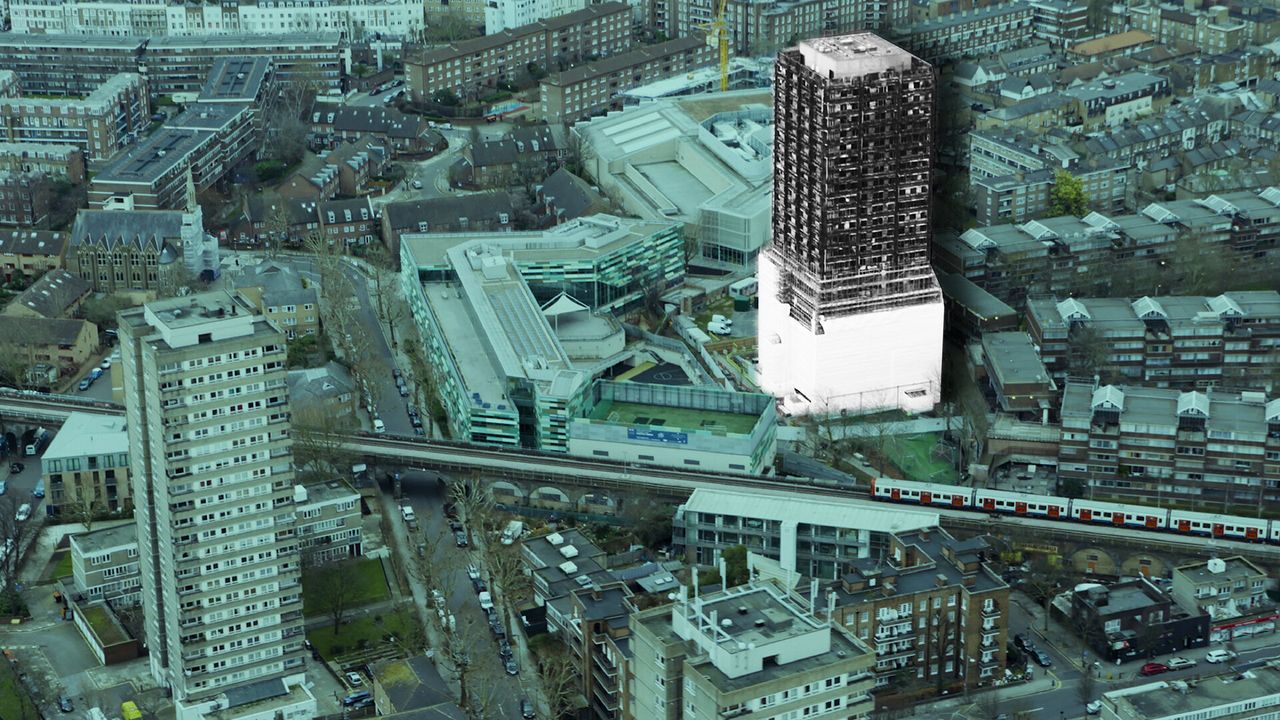
The crucial deal connecting the financing of the Grenfell Tower renovations to the £129m made from selling property is the sale of the Elm Park Garden basements in Chelsea.
In the wake of the fire, intense scrutiny fell on the building works, which had seen the cheaper, more combustible cladding added to the building’s facade.
Council documents show the budget for the renovations had from the early planning stages been stretched, and council papers reveal Kensington and Chelsea council was concerned about “value for money” as it set out strategic plans for the project as early as 2013.
Within days of the catastrophic fire, it was reported that the original contractor that bid for the Grenfell renovation, Leadbitter, gave a quote of £11.3m for the works in July 2013.
The paper trail shows this was £1.6m above the council’s £9.7m budget - so a tender was issued for other contractors to bid. Rydon was eventually selected to deliver the project on the tighter budget of £8.7m.
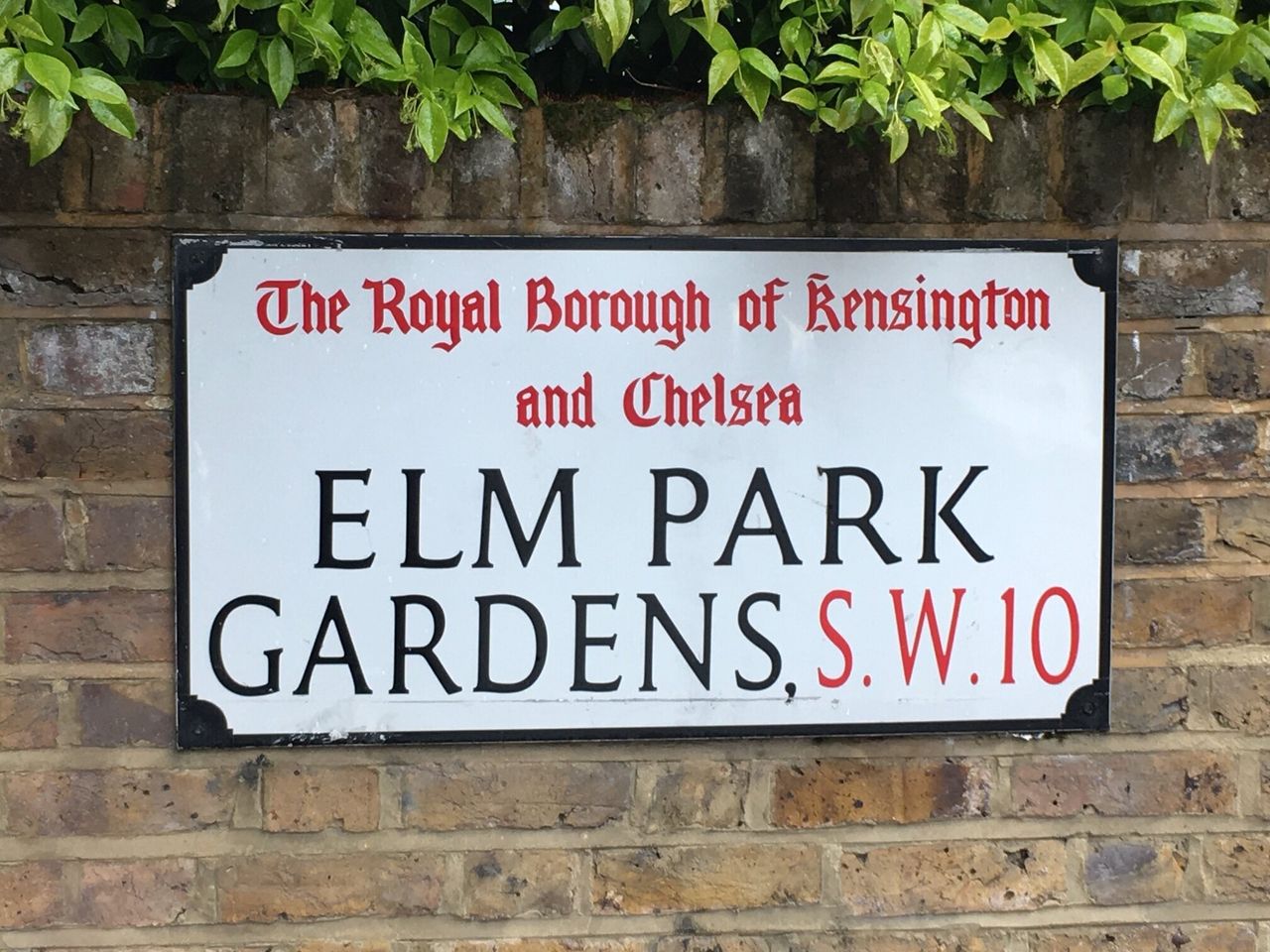
Subsequently, Kensington and Chelsea Tenant Management Organisation (KCTMO), which had responsibility for the Grenfell building works as part of its role managing the borough’s 6,928 council homes, asked for the budget to be increased to £9.7m.
Councillors were later asked to add a 6% contingency, which brought the budget up to £10.3m.
As plans progressed there was further apparent strain on finances.
In July 2014, a list sent by the KCTMO to Rydon, obtained by the BBC, requested savings of nearly £700,000, including clawing back £293,368 by using a different type of cladding. Rydon declined to comment when contacted during this investigation.
Less fire retardant aluminium cladding was eventually fitted at Grenfell rather than the originally planned zinc cladding.
At the time of these changes we have found the council had money specifically raised from the sale of property, £37m, that could have been used to support the Grenfell budget, and we have been able to show that there were no restrictions preventing the council from doing this.
When asked on two separate occasions if it could have used money from other property sales for the Grenfell Tower works, the council did not contest this, but said “officers at the council worked to their understanding of the spending rules and regulations”.
Responding to our findings, the council said: “The budget for the Grenfell Tower refurbishment was increased on the two occassions that the council’s lead members were asked to increase it - from £6m to £9.7m, and then again to £10.3m.”
It continued: “Whilst we must let the public inquiry and the police investigations determine what went wrong, we can say that no one at the Royal Borough of Kensington and Chelsea would have intentionally put lives at risk and no one at the council foresaw the tragedy that would unfold. To report anything to the contrary would be simply wrong.”
So what did the council buy and sell?
The council bought £61m worth of property from September 2015 to March 2017 while the Grenfell Tower renovation works were underway.
The buildings it bought included a former undertaker’s site for £8.5m, a highly-valued community college in North Kensington for £28.2m, and a well-known auction house headquarters in Chelsea for £10.5m.
Despite the multi-million pound price tags, some of the buildings look like odd choices for “investments”, as they are classified by the council, meaning the sole purpose of the purchase was to make the council money, whether through rent or increasing in value.
The £8.5m undertaker’s building in Hewer Street has sat empty and falling into dereliction since it was bought by the council in March 2017, despite having planning permission for 16 flats and a studio office obtained by a previous owner.
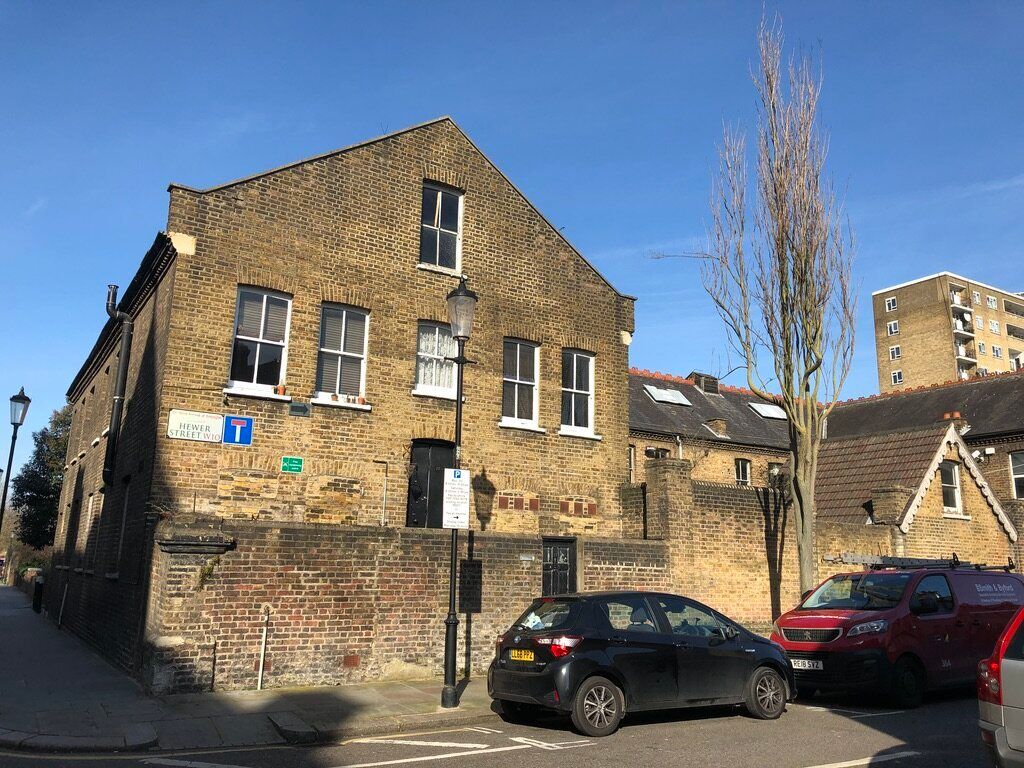
For decades the site was owned by undertakers John Nodes Funeral Service and was used as a storage space for coffins and to dress bodies, before it was sold on to other owners.
The empty building was later used by the council to temporarily store goods donated to the Grenfell disaster relief operation after the fire and it is now occupied by property guardians.
“I think it’s dreadful, absolutely dreadful, that they’ve bought this building but to do what with it?” Michael Singh, 60, of Hewer Street, said. “It is an eyesore at the moment.”
Design agency owner Kelly Gitsham, 40, who also lives in Hewer Street, said: “Why the council have bought it I don’t know, it must just be for land value, because you can see the walls are falling apart already. It’s a weird building to become involved with.”
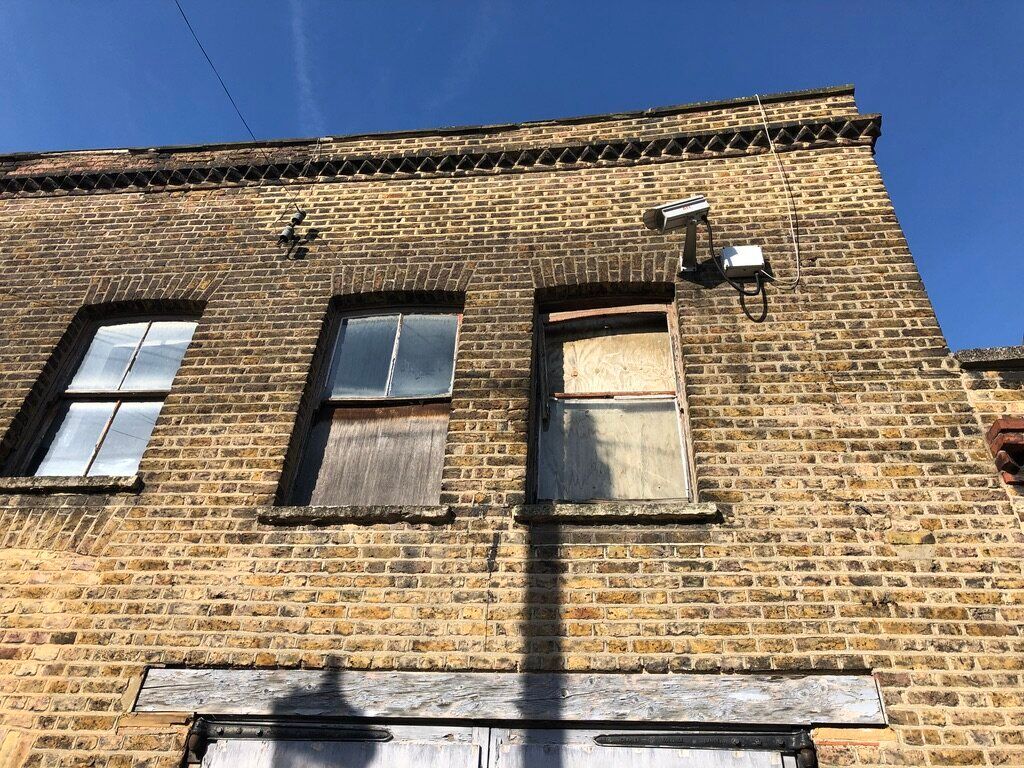
A local property developer, who did not want to be named, actually bid for the building in 2016. “I would have thought the council could have spent their money somewhere else instead,” he said. “I would have gladly bought it and it annoys me that it’s just sitting there.”
Another of the council’s acquisitions led to deep reverberations in the community. In October 2016, at a time when Kensington and Chelsea College was experiencing significant financial difficulties, the council bought its North Kensington campus, known locally as Wornington college, which sits on a large plot of land.
The property had already been identified months before, in April 2016, as a site for development, in a decision referenced in the council’s Forward Plan documents.
Despite the college’s significant value to the community, the sale was flagged as a “one diamond level” decision by council officers, meaning it was classified as “routine and of low public interest”.
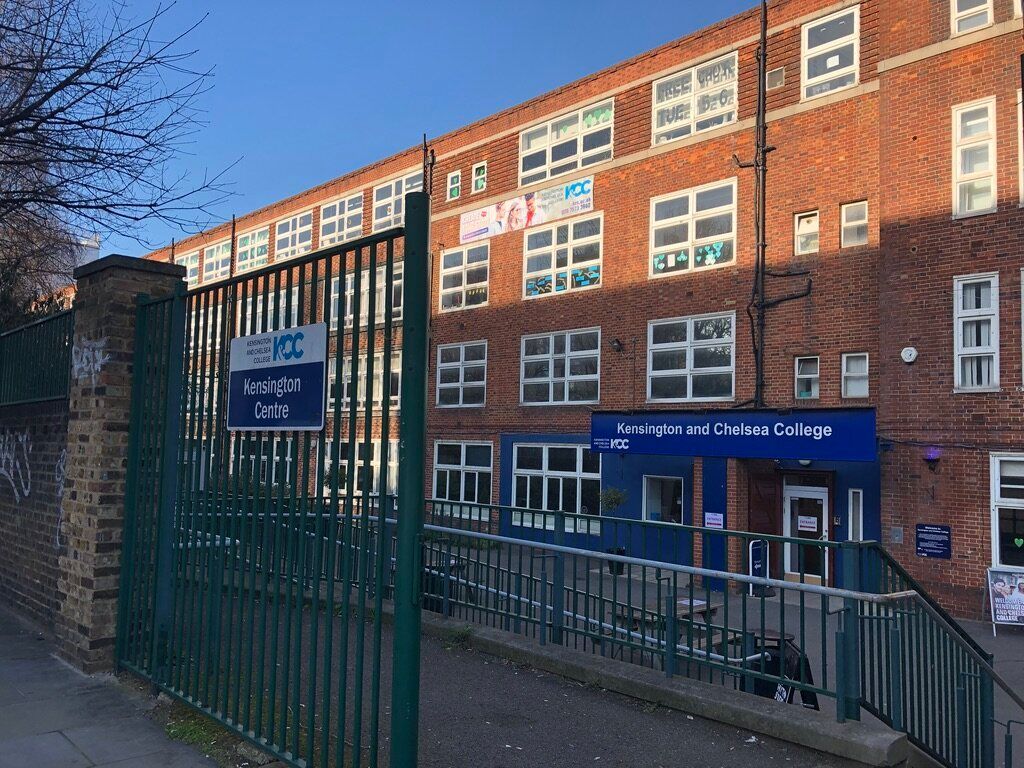
The community did not take this view when news of the sale finally became public and an independent review later found the sale of Wornington college was “plainly wrong” and not in the interests of the community.
Kensington and Chelsea Labour councillor Kasim Ali spoke of the college’s value, including to his own education after he came to the UK in 2001 as a teenager to escape civil war in Somalia.
“I went to the college to improve my English and also to improve my maths,” he said. “I really had a good foundation. I would never have gone to University College London without going. The college was a bedrock for my journey, which is still continuing.”
Many other people in North Kensington speak passionately of the college’s value to a community that has among the highest levels of social deprivation in the country.
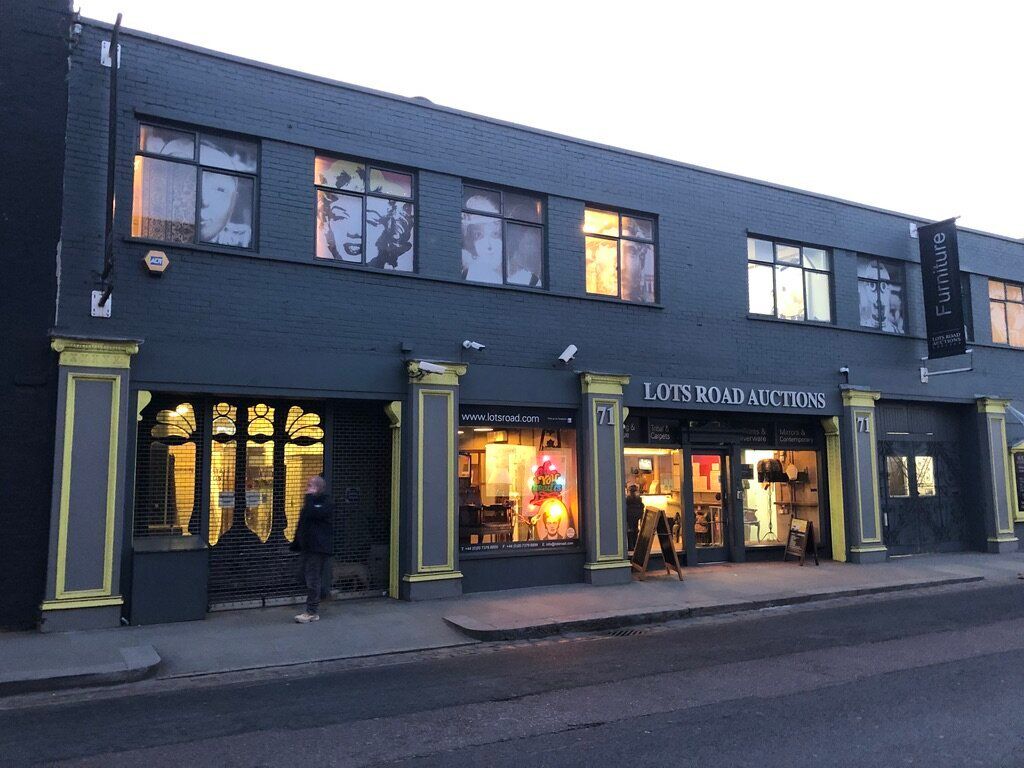
Edward Daffarn and Francis O’Connor, who jointly ran the Grenfell Action Group blog, had been writing about the highly contentious sale at the time the deal happened.
Daffarn said the value of the college as a community resource was not considered, accusing the council of instead being focused on the site’s strategic value for developing housing.
Hewer Street also was a site that would have been strategically important for the council, as it sits on the corner of the Treverton council estate, which was being considered for a large regeneration scheme in 2016.
The council told HuffPost UK all the properties it bought were earmarked for housing development with affordable housing onsite wherever possible.
Why did the council have its sights set on property?
HuffPost UK has tried to establish what evidence exists in council documents to shed more light on the property deals that were underway and what was driving the activity.
Politically, it fell under the remit of deputy leader of the council, Rock Fielding-Mellen, who was also the cabinet member for housing, property and regeneration from May 2013 to July 2017 – and who was overseeing the refurbishment budget at Grenfell Tower.
He declined to comment when contacted during this investigation.
Analysis of Forward Plan documents for 2016 and 2017, which summarise all of the council’s most critical projects, shows a substantial amount of work was underway around buying and selling property – and council estate regeneration.
In 2016 the council was planning four key estate regeneration projects at the Silchester Estate, the Barlby and Treverton Estate, on land near the famous Trellick Tower, and on the Warwick Road Estate. Work was already underway at Grenfell Tower, part of the Lancaster West Estate.
But these projects were proving highly controversial with sections of the local community.
A 3,558-signature petition opposing the Silchester Estate plans, set up by organiser Ann-Marie Richardson four years ago, said: “Kensington and Chelsea council are planning to demolish a large portion of the social housing in the borough. In the process they are going to enforce compulsory purchases on the lease-holder properties whilst forcing the social housing tenants to leave their homes and relocate to other areas.”
The regeneration projects were seen by some as a move by Kensington and Chelsea to gentrify areas of the borough that were less affluent, with the Silchester petition accusing the council of “nothing more than social cleansing of the borough”.
The council was also facing a problem in meeting future housing targets.
In a cabinet report of July 2016, in a section titled “The Council’s Objectives”, the papers drawn up by senior housing officers set out the council’s plans for “developing an ambitious regeneration programme in the borough”.
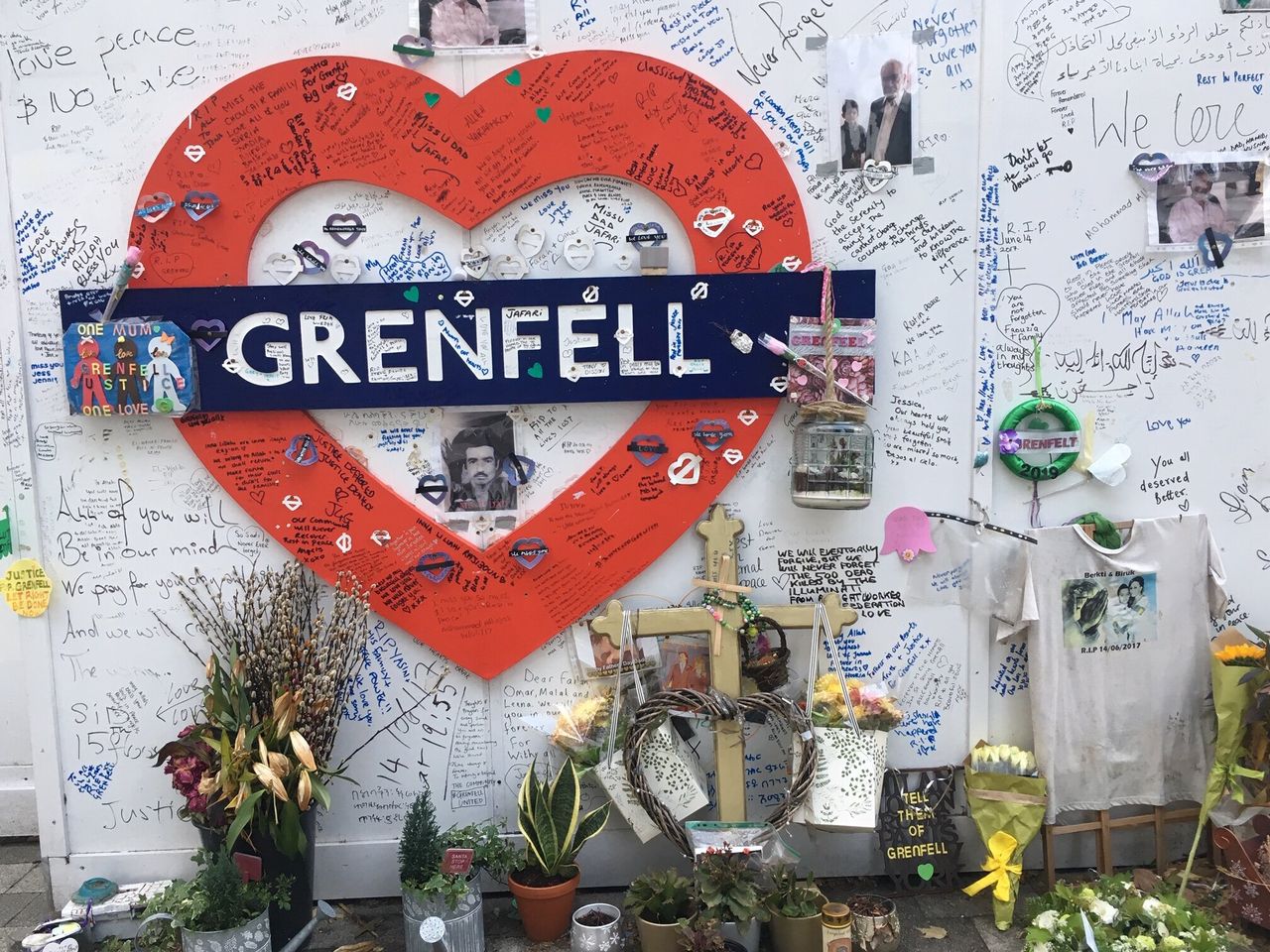
One of the objectives of this programme was to “use redevelopment as a catalyst to regenerate some of the borough’s neighbourhoods which would benefit from improvement”. The council was also keen to meet housing need among middle income earners who were largely unable to access private or affordable housing in the borough.
But there was a hurdle. The report says an alteration to the London Plan, the Mayor of London’s blueprint for housing and critical infrastructure in the capital, had increased Kensington and Chelsea’s target for delivering homes from 600 to 733 annually, or 10,995 new homes over 15 years.
The report says: “Taking undeveloped sites already allocated in the Local Plan into account we need to find land to allocate around a thousand additional units.”
The council did not have enough land for housing allocated to meet this target and so needed to find “significant new sources of housing in the borough” to be counted towards the land supply figure.
As a consequence, the report says the council had made a commitment to a programme to explore developing some low-density council estates “where there is a strong case for regeneration” and it was “financially viable and deliverable”.
Within weeks of this report, the council starts ramping up its property purchases.
But the council was also selling property that it owned.
Our research found it raised substantial sums through the disposal of a former children’s home in Bassett Road, Ladbroke Grove for £7.4m, the Thamesbrook nursing home in Dovehouse Street, Chelsea, for £75m, a recycling depot in Denyer Street, Chelsea, for £40m and the basement units in Elm Park Gardens for £7m – bringing in £129m.
Council reports from the time show the council was planning the sales listed above before the Grenfell Tower refurbishment began. Despite this, it only allocated £6m of the money from property sales to the tower block improvements.
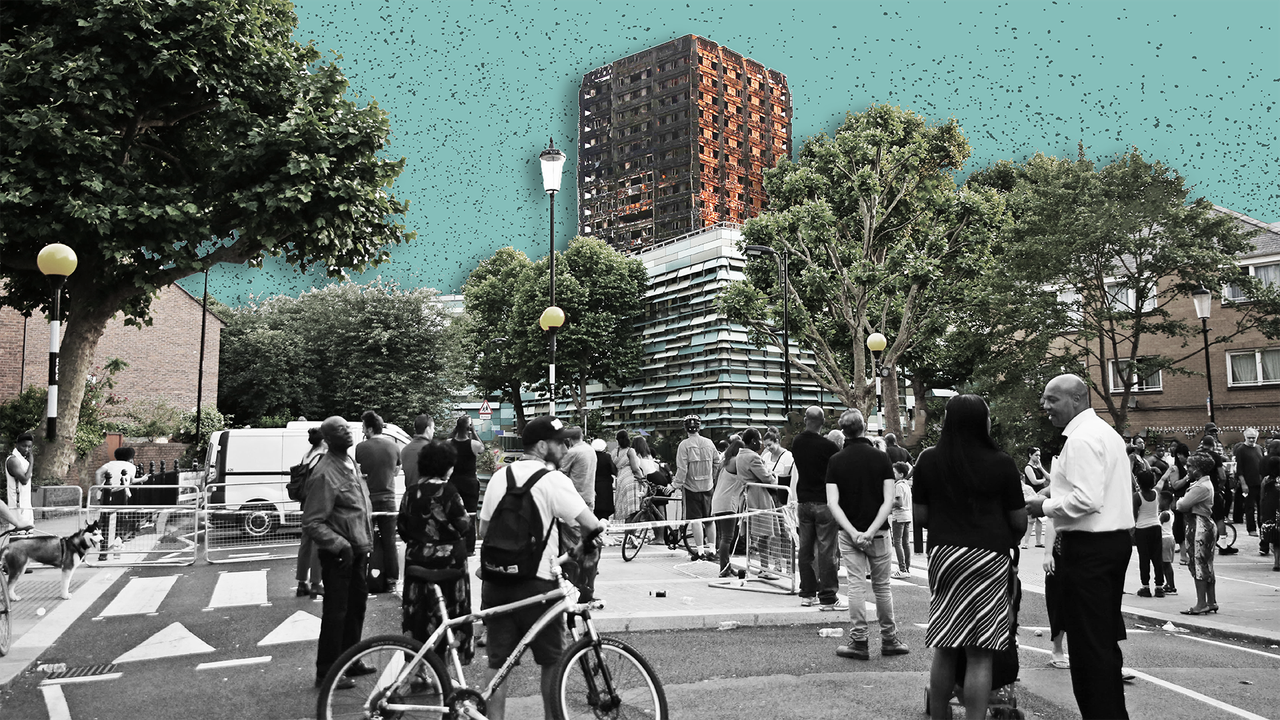
Were there plans to privatise council estates?
What is clear from the documentary evidence available is the council had ambitious plans for regeneration of its council estates.
In another exclusive, our investigation can reveal for the first time that Kensington and Chelsea had set up a council-owned company, Kensington and Chelsea Estates Ltd, in August 2015 and was considering setting up a “development vehicle” to deliver its plans for developing housing.
The contentious model has been used by a handful of other councils and can involve the transfer of council estates or council housing into the ownership of the council-owned company, effectively privatising them.
The model has proved highly controversial in other areas and Haringey Council was forced to abandon its plans for a £2bn development vehicle last year following a huge public backlash.
HuffPost UK asked the council whether there had been plans to move any of its council estates or council housing into the company through a development vehicle model.
Kensington and Chelsea said there were “no current plans” to do this.
But council papers from 2015 show Kensington and Chelsea was, at that time, considering the development of social rented housing by “transfer to the ownership of the company”.
The council did not clarify whether this entailed the transfer of new social housing or existing council estates.
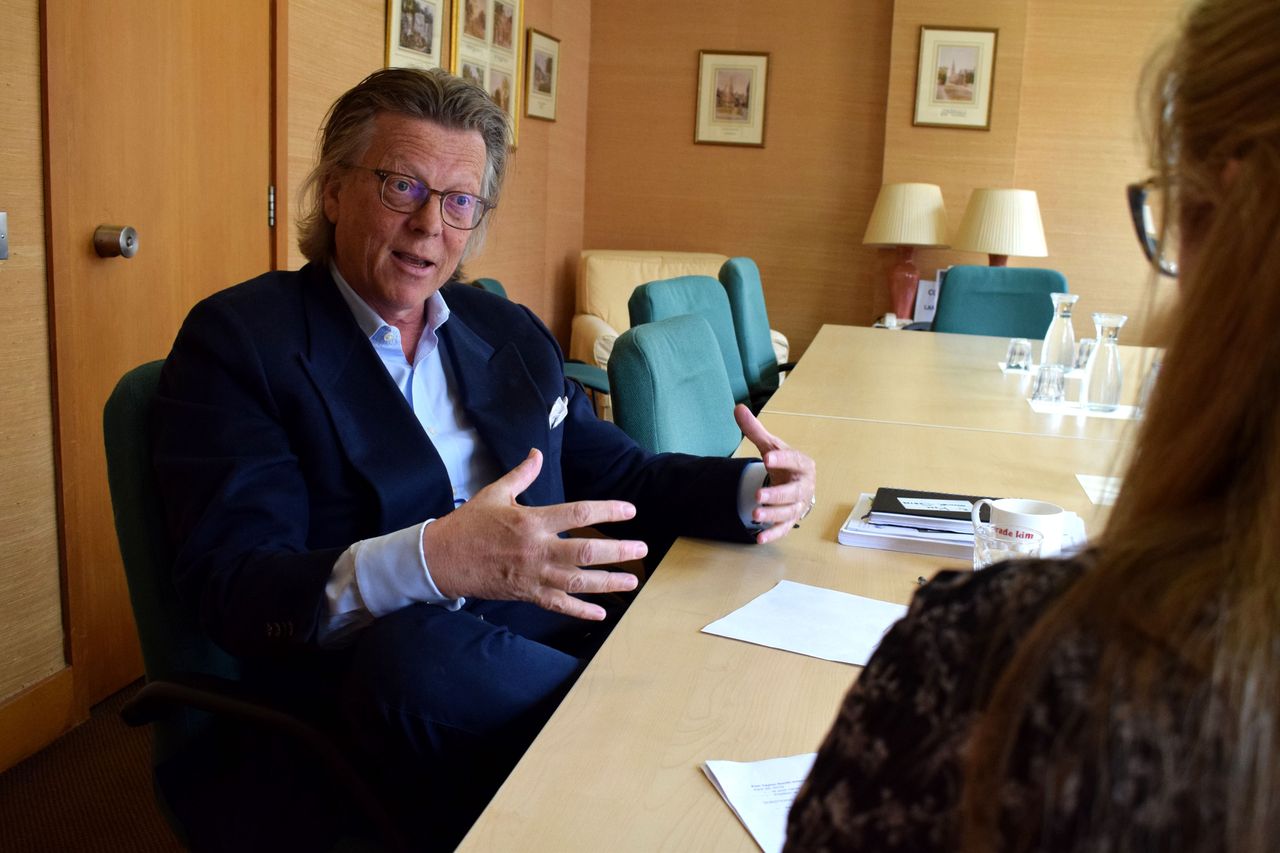
Council admits: ‘We were too focused on commercial matters’
Responding to the findings of our investigation, Kensington and Chelsea council said there has been a change in the way it operates since the Grenfell disaster.
“We have already openly acknowledged that the property agenda was too focused on commercial matters when there should have been more attention to other objectives, particularly affordable homes and social value,” it said in a statement.
The current deputy leader of the council, Kim Taylor-Smith, who took up the role in May 2018 and is also lead member for Grenfell and housing, confirmed the estate regeneration programme has been halted.
“There was clearly a previous scheme that was generating cash to be used on what was an extensive regeneration programme,” he said. “One of the things that I’ve made very clear is we’ve stopped regeneration.”
The deputy leader said he understood the level of distrust about what happened with public assets and how they were “appropriated” or “flogged off”.
“I think the way we had consulted with people was wrong,” he said. “I don’t want to keep painting parts of the council as being the villains, but the corporate property department were running this scheme. What our consultation tended to be is they would work up a scheme and then go to the residents to say, ‘By the way, we’ve worked up this scheme, what do you think about it?’
“Local residents would turn around and say, ‘Well actually, we think it’s rubbish,’ and they’d say, ‘Well, thank you very much, we’ll go ahead and do it’. There was very much that feeling.”

The deputy leader said in the last 18 months the council has changed its approach to property and community assets and is now looking at alternative options to deliver 600 new homes, including 300 social homes, on sites which include the Hewer Street property.
The deputy leader admitted some of the property deals, such as the highly controversial decision to buy the Wornington Road college site, were ones he would not have taken himself.
But he said the council has now given commitments that there “is no question of us wanting to pursue Wornington college as a redevelopment for housing”.
Kensington and Chelsea is also restructuring its corporate property department, which oversaw all of these deals, to replace it with a new housing and social investment department.
The deputy leader says the wave of changes at the council since Grenfell are informed by a determination to put tenants at the heart of decision-making, adding: “The word regeneration has been struck from the council dictionary.”
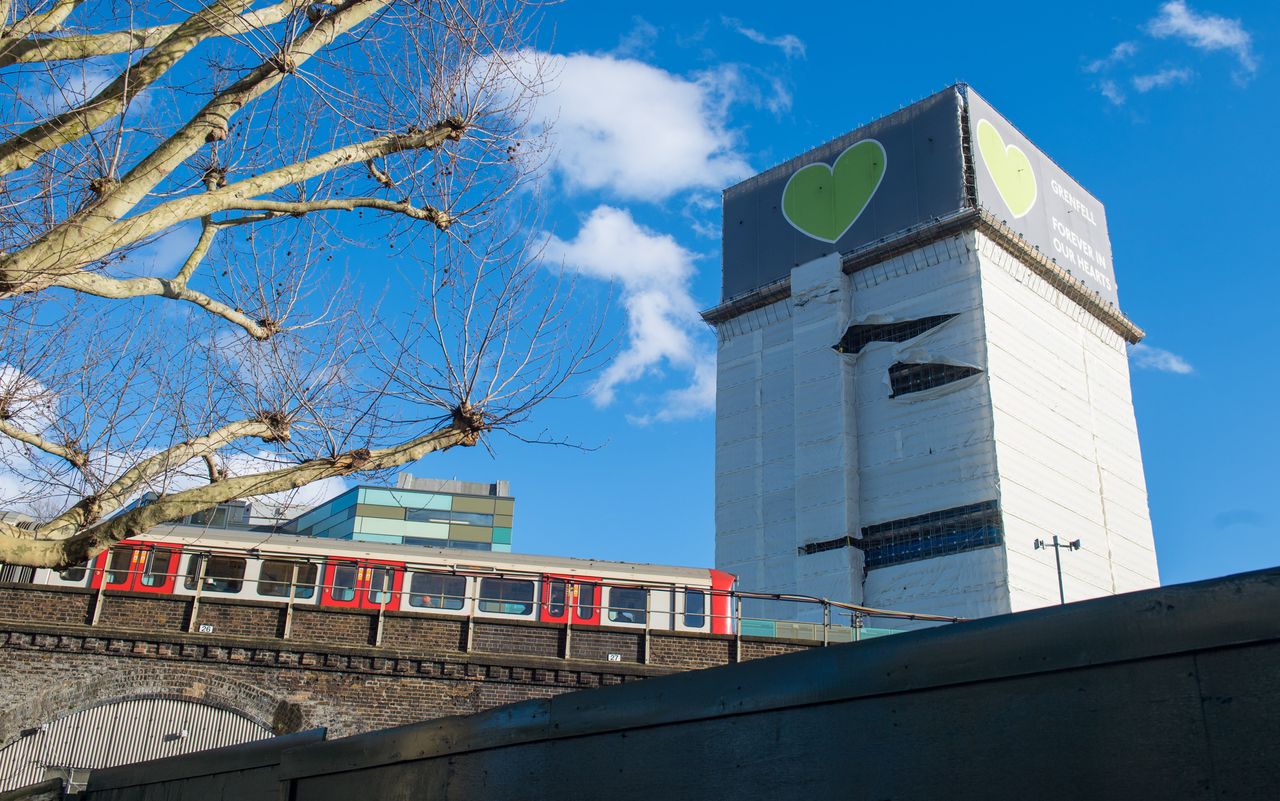
Why it’s important the property deals are made public
Daffarn, who escaped from the 16th floor of Grenfell Tower as it was engulfed in flames, believes the property deals revealed by this investigation expose Kensington and Chelsea council’s priorities prior to the fire.
Fundamentally he believes the council’s preoccupation with its property portfolio diverted time and attention away from other vital tasks, such as ensuring the safety of social housing.
“The first job of local government is to keep the people safe but, as even its own chief executive has admitted, the Royal Borough of Kensington and Chelsea acted more like a property developer than a local council,” said Daffarn, a member of Grenfell United, the official organisation for survivors and the bereaved.
“If they’d been properly focussing on fire safety, rather than focusing on this, then Grenfell might not have happened. But it feels like they weren’t interested in keeping us safe. They were interested in property development and in getting their hands on the land.”
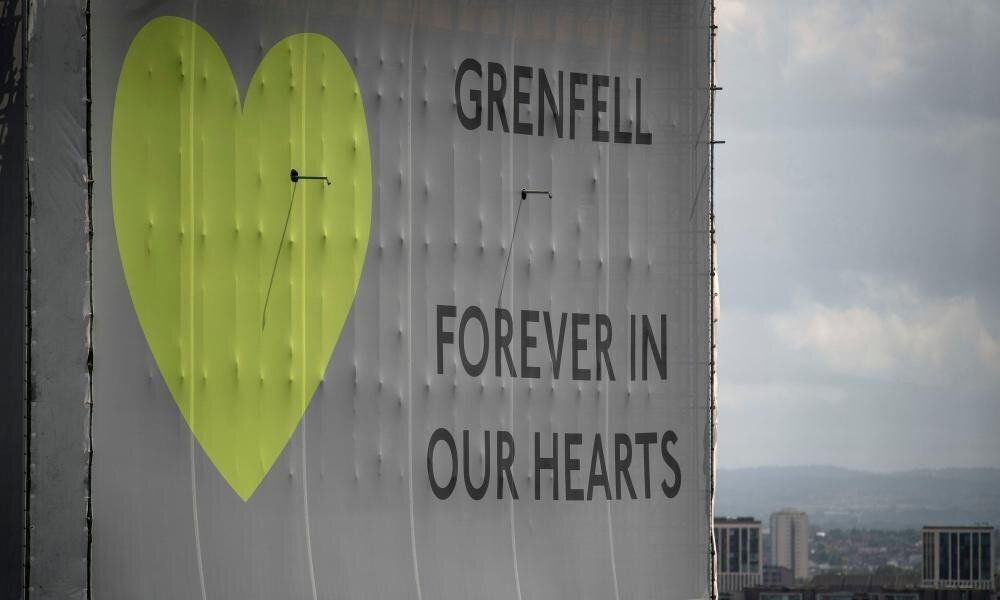
He said more stringent safeguards over how councils’ operate housing and property portfolios are necessary to prevent a disaster like Grenfell happening in the future.
“It needs to be much better scrutinised and to have values based on looking after people that live in social housing,” he said. “Rather than just seeing how the land can be exploited for the benefit of property developers.”
In response to our findings, Grenfell United said: “This investigation gets to the heart of one of the most important questions for the Grenfell Inquiry; why did the Royal Borough of Kensington and Chelsea cut costs on essential safety features for Grenfell Tower, whilst playing monopoly and filling its bank account with profits from selling off our community assets?
“We truly believe 72 people would be alive today if the Royal Borough of Kensington and Chelsea had prioritised their duty to keep people safe in their homes, instead it seems they cared more about turning a profit than caring for our community.”
Do you have a story you would like HuffPost UK to investigate? If so, contact special correspondent Emma Youle on emma.youle@huffpost.com
Timeline of key events relating to the Grenfell story
May 2012: Kensington and Chelsea council’s cabinet approves a budget of £6m for refurbishment works at Grenfell Tower. The work will be funded from the sale of basement units owned by the council in Elm Park Gardens in Chelsea.
July 2013: Discussions begin with proposed contractor, Leadbitter, who by July 2013 have estimated the work would cost £11.3m. Instead of progressing with the Leadbitter bid, the council decides to go out to tender to get bids from other contractors.
July 2013: The council’s cabinet approves an increased budget of £9.7m for the Grenfell works.
March 27, 2014: Kensington and Chelsea Tenant Management Organisation (KCTMO), which manages council housing in the borough on behalf of the council, agrees to the selection of Rydon Property Services Ltd as preferred contractor for the Grenfell refurbishment.
March 31, 2014: The council’s 2013/14 accounts show it has £37m in reserves made specifically from the sale of assets, including property, which could have been used to support the Grenfell refurbishment budget.
June 2014: Work begins on-site at Grenfell Tower
July 2014: The budget for the project is increased to £10.3m so it includes a contingency of 6%.
July 2014: The KCTMO sends a list of requested savings totalling almost £700,000 to contractors. The savings include £300,000 that would be found by fitting “aluminium cladding in lieu of zinc cladding”. The aluminium cladding was ultimately less fire safe.
April 2015: A former children’s home in Bassett Road, Ladbroke Grove, is sold by the council for £7.4m.
June 2015: Grenfell residents form a group amid concerns about the renovation.
December 2015: A petition signed by 51 Grenfell residents complains of “intolerable” conditions due to living in the tower while the work is underway.
April 2016: The council’s cabinet approves plans to purchase the Kensington and Chelsea College site in Wornington Road, North Kensington. Purchase price is later agreed as £28.2m.
July 2016: Cabinet approves the purchase of 71-73 Lots Road, Chelsea. A month later it buys 65-69 Lots Road. Both purchases cost £10.5m.
July 2016: Work is completed at Grenfell.
March 2017: The purchase of 15-17 Hewer Street for £8.5 million is completed by the council.
April 2017: The former Thamesbrook nursing home at 2 Dovehouse Street, Chelsea, is sold by the council for £75m.
14 June 2017: Grenfell Tower is destroyed by fire, leading to the deaths of 72 people